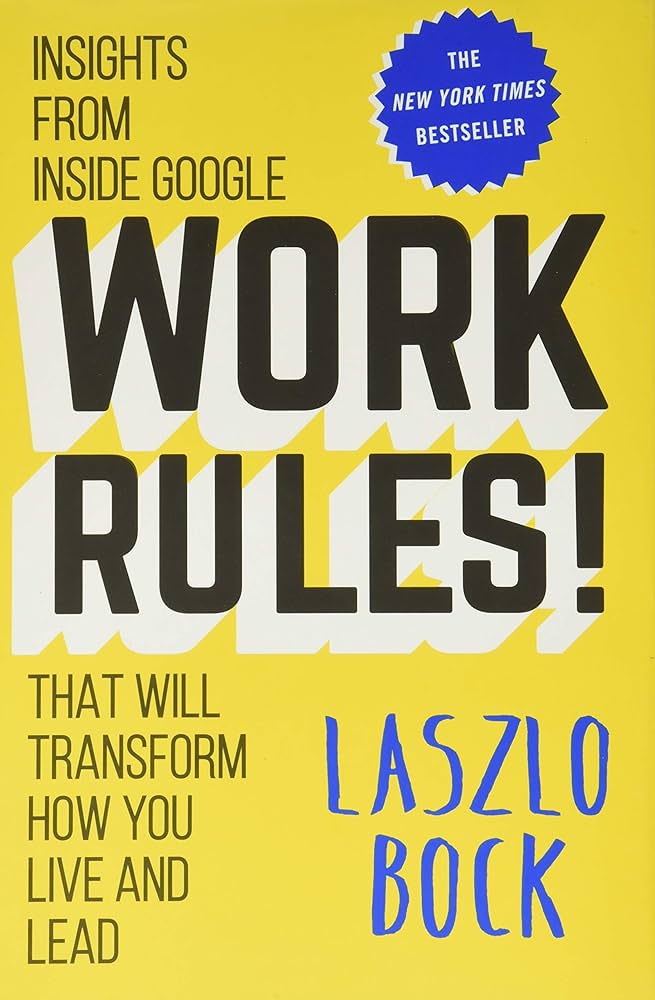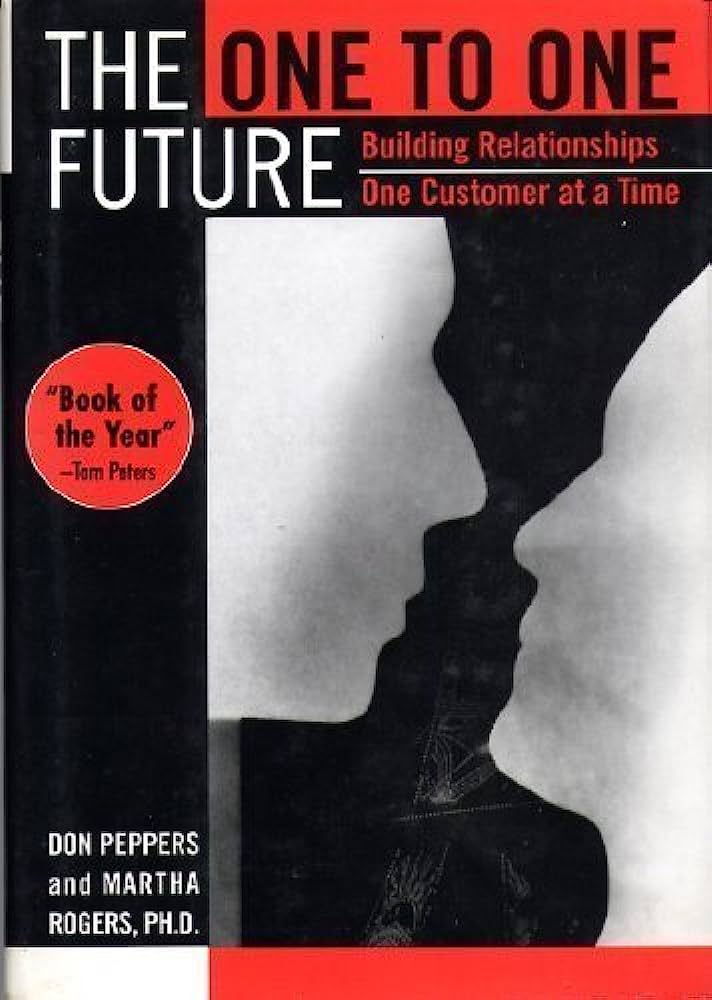The Culture Code: An Ingenious Way to Understand Why People Around the World Live and Buy as They Do
RATING


Culture Code is written by a cultural anthropologist and marketing expert who worked on pioneering international marketing projects for many Fortune 500 companies, such as helping Nestle sell coffee to the Japanese. His premise is that we all develop our tastes before reaching maturity and subsequently make most of our decisions as consumers according to the likes and dislikes of our early-life memory experiences.
The book goes through examples of what he calls “culture codes (the unconscious meaning we apply to any given thing),” including: the codes for love, seduction and sex; for beauty and fat; for health and youth; for home and dinner; for work and money; for quality and perfection; for food and alcohol; for shopping and luxury; for America in other cultures; for the American presidency; and the code for America. In all, the author provides examples of successful marketing projects in an international setting which worked due to a proper understanding of these codes and the need to approach focus groups or marketing studies by asking the right questions to sift through the real meaning of what the consumer perceives. He also demonstrates the stark differences in meaning that different cultures have for each code.
This book is a good, unique read for those interested in international marketing and how different cultures can famously reject what works in other countries. The author helps to explain how different cultures have very different meanings for each code, which can lead to differing perceptions of marketing. It is full of good examples and cases of what worked (often those the author worked on), including the attempt by Chrysler to redefine the Jeep Wrangler to compete with other SUVs in the 1990s, only to realize what when focus groups were asked what they wanted to see in the vehicle only yielded the same answers which would have led them to revamp it into just another SUV. By asking consumers what their earliest memories of Jeep were, rather than what they wanted in a Jeep, the study yielded an image of the American West, open plains and horses. This example and others, such as why the Japanese value quality so highly (more than the Americans would acknowledge) or why the Americans, French and Germans have different culture codes, provides for lively reading
While the examples of culture codes across different cultures are entertaining, the author does not go into much detail as to the process or methodology he uses. The author comes across as somewhat self-promoting and the book lacks structure at times, in need of tactics or steps for applying these principles to business. At times the code words seem to be just Hollywood stereotypes, such as the code for America in Germany being John Wayne. Some may also find the codes to be just hyped-up stereotypes, but his successful projects seem to support his analysis and approach, perhaps more effectively than his book demonstrates.
In The Culture Code, internationally revered cultural anthropologist and marketing expert Clotaire Rapaille reveals for the first time the techniques he has used to improve profitability and practices for dozens of Fortune 100 companies. His groundbreaking revelations shed light not just on business but on the way every human being acts and lives around the world.
Rapaille’s breakthrough notion is that we acquire a silent system of codes as we grow up within our culture. These codes—the Culture Code—are what make us American, or German, or French, and they invisibly shape how we behave in our personal lives, even when we are completely unaware of our motives. What’s more, we can learn to crack the codes that guide our actions and achieve new understanding of why we do the things we do.
Rapaille has used the Culture Code to help Chrysler build the PT Cruiser—the most successful American car launch in recent memory. He has used it to help Procter & Gamble design its advertising campaign for Folger’s coffee– one of the longest lasting and most successful campaigns in the annals of advertising. He has used it to help companies as diverse as GE, AT&T, Boeing, Honda, Kellogg, and L’Oréal improve their bottom line at home and overseas. And now, in The Culture Code, he uses it to reveal why Americans act distinctly like Americans, and what makes us different from the world around us.
In The Culture Code, Dr. Rapaille decodes two dozen of our most fundamental archetypes—ranging from sex to money to health to America itself—to give us “a new set of glasses” with which to view our actions and motivations. Why are we so often disillusioned by love? Why is fat a solution rather than a problem? Why do we reject the notion of perfection? Why is fast food in our lives to stay? The answers are in the Codes.
This book is recommended for CEO’s and managers of multinationals, marketing professionals, psychologists, and anyone interested in how culture defines marketing and consumer perceptions. For a more technical, neurological understanding of why we buy what we do, please see the Senteo review for The Buying Brain.

See content on this topic

Understand the value of a customer-oriented analytics package and how behavioral scenarios can be used to improve profitability through influencing behavior and usage.
To understand the principles of game dynamics and learn how to effectively use the elements of gamification in business: to involve customers, employees and contractors in the process.
Understanding branding and communications from the standpoint of emotional engagement and building relevant and meaningful dialogue with customers.
This course covers a complete view of customer touch points (both physical and virtual) and a unique model for standardizing and managing customer contact models across channels including approaches for customer feedback, quality management, and migration.
Experiential Branding & Communications – Improving Brand Integration Through Emotional Engagement.
This course covers a complete view of customer touch points (both physical and virtual) and a unique model for standardizing and managing customer contact models across channels.
Sales training for front line along with basic development and coaching principles for line management.
Understanding how leaders must evolve with relation to the evolution of business models, new management models, and the significant changes to the workforce with Digital Natives now making up more than 50% of the workforce globally.
Understand the theory and mechanics of developing and managing a customer-centric and experience-driven corporate culture that is consistent and stable and includes elements of Employee Experience (EX) and Employee Relationship Management (ERM).
Understanding the evolution of leadership styles, management models, organizational structures, performance measurement and guiding change in the evolution of business models from product-centric to customer-centric and even relationship-centric.
Understand how to manage both internal and external digital transformation while considering the landscape for digital business models and the effect on traditional business models. Understanding organizational readiness for transformation and the role of corporate culture in managing transformations.
The changes in consumer behavior, employee behavior, and the evolution of business models in the digital age cause significant difficulties and imperatives for leaders who must develop new skills and evolve their leadership styles to be effective in this fast changing, challenging, and competitive environment.




 Copy Link
Copy Link
 E-mail
E-mail
 LinkedIn
LinkedIn
 Facebook
Facebook
 Telegram
Telegram
 WhatsApp
WhatsApp
















 Go Back
Go Back
Leave a Reply
You must be logged in to post a comment.